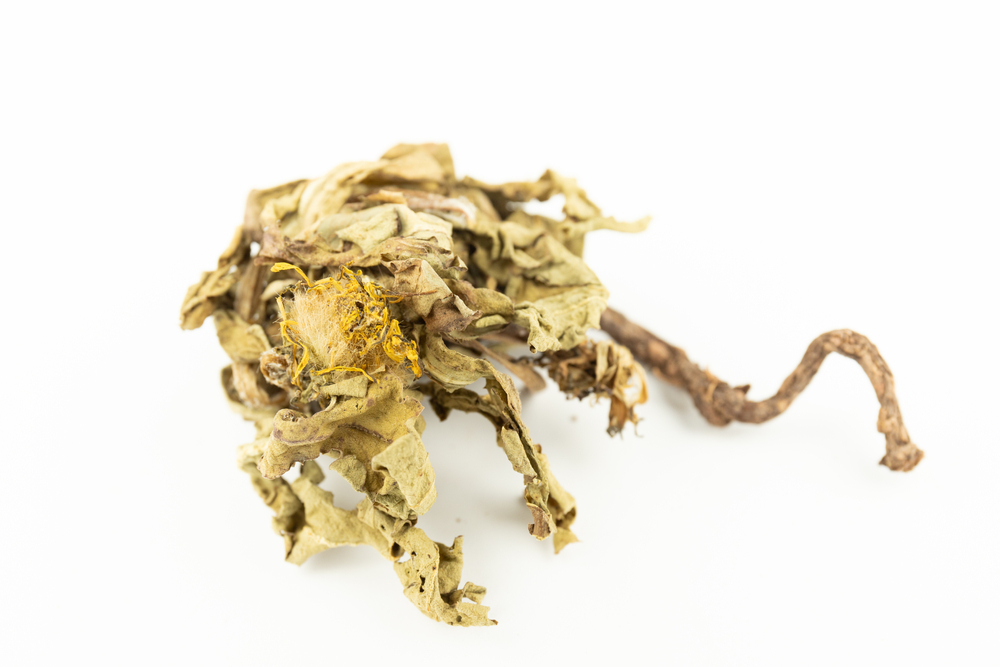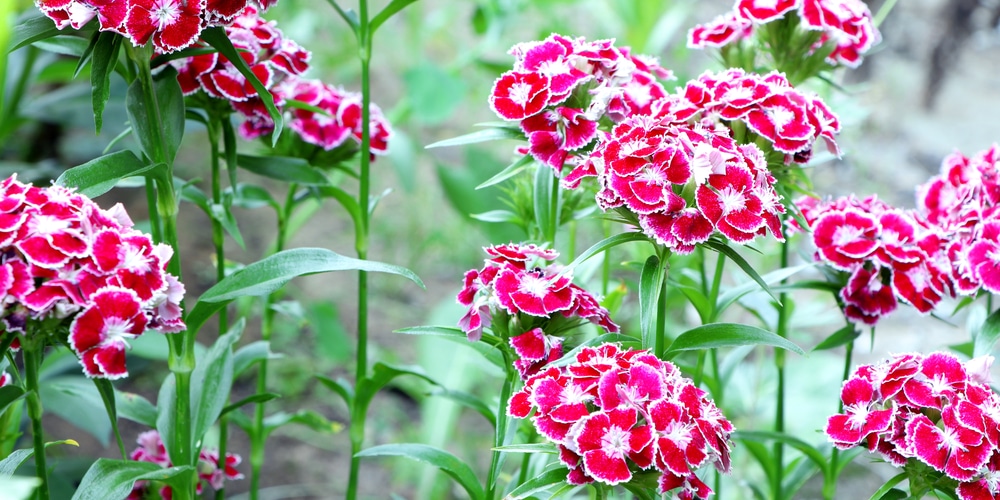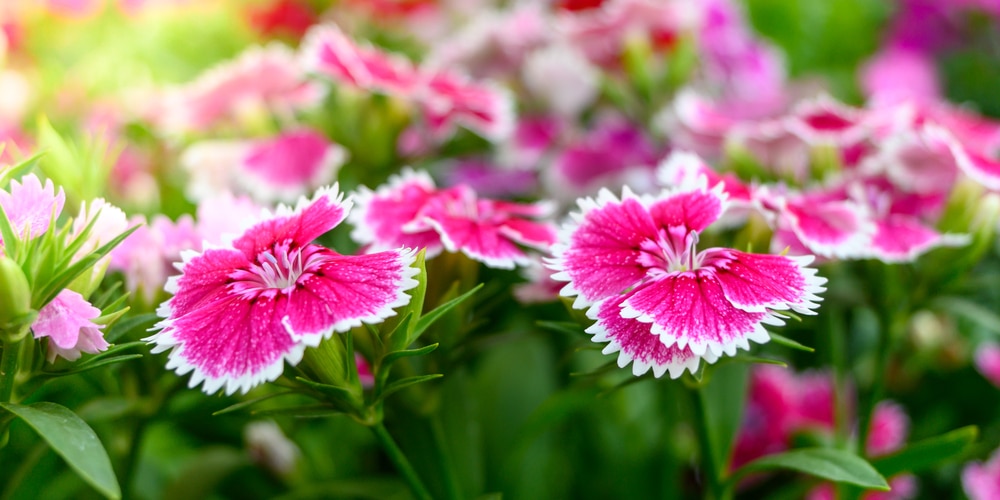Dianthus, also known as sweet william or pinks, is a popular flowering plant often used in gardens and bouquets. It is a type of flowering perennial that can be found in many gardens. They are known for their beautiful, fragrant flowers and long blooming season.
If your dianthus is looking a little worse for wear, it might be time to give it a little TLC in the form of deadheading.
But what is deadheading, and do you need to do it to your dianthus? Keep reading to find out!
What Is Deadheading?
Deadheading is a gardening technique that involves removing spent flowers from a plant. The goal of deadheading is to encourage the plant to produce new growth and blooms rather than focusing its energy on seed production.
Deadheading can be done with hand tools or gardening shears, which is generally considered a relatively easy task. While deadheading may seem like a tedious task, it can have a significant impact on the health and appearance of your garden.
Not only does deadheading help to keep plants looking tidy and attractive, but it can also spur new growth and help to prolong the blooming season. As a result, taking the time to deadhead your plants can be well worth the effort.
How To Deadhead Dianthus
Anyone who has ever grown dianthus knows they are a delicate and beautiful flower. However, they can also be quite finicky, and it is essential to deadhead them regularly to encourage new growth. Wait until the petals of your dianthus have withered, died, or fallen off before deadheading. Then continue with these steps:
Step 1:
Start by finding a pair of sharp gardening shears or hand pruners. Then sterilize them using rubbing alcohol, hydrogen peroxide, or a solution of one part bleach to nine parts water. This will help ensure that your tools are clean and will not spread any diseases to your plants.
Step 2:
Before trimming, check the stems for buds. It’s possible that a single stem can produce many flowers; therefore, inspect it for buds before cutting it down. The last thing you want to do is remove the buds and cause them to die.
If buds are visible, snip the blooms just below the first set of leaves on the dead flower. If there aren’t any buds, remove the stem below the first set of leaves on the dead dianthus flower. Repeat this process with each plant’s stems.
Step 3:
After trimming all of the dead flowers, it’s time to fertilize your dianthus. Use a balanced fertilizer that is specifically designed for flowering plants. Water the fertilizer into the soil to help your dianthus get its nutrients.
Make sure to compost any trimmings or dead flowers. This will help to return nutrients to the soil and will also help to discourage pests and diseases.
When To Deadhead Dianthus?
Now that you know how to deadhead dianthus, you might be wondering when the best time to do it is.
When The Petals Have Faded
If you want your dianthus to bloom all season long, you’ll need to deadhead the flowers regularly. This encourages the plant to produce more flowers rather than focus its energy on seed production.
Dianthus typically bloom from early spring to late summer. The best time to deadhead your plants is when the petals have started to fade and lose their color. Make sure to remove any faded flowers as soon as possible so the plant can continue blooming.
When You Want To Encourage Blossom And Growth
In addition to deadheading when the petals have faded, you can trim your dianthus plants to encourage new growth. This is especially helpful if your plant has become leggy or overgrown.
To encourage new growth, cut the stems back by about one-third. This will help the plant focus its energy on producing new blooms and stems rather than seed production.
You can trim your dianthus plants as often as necessary to keep them looking tidy and encourage new growth. However, ensure not to cut too much at once, as this can shock the plant and cause it to stop growing altogether.
Early Spring Or Late Fall
If you live in an area with a cold climate, you’ll need to take special care of your dianthus plants during the winter.
To protect your plants from the cold weather, cut them back in early spring or late fall. This will help prevent the stems from being damaged by frost or snow. Once the weather starts to warm up, you can trim your plants back to encourage new growth.
Final Thoughts
So, there you have it! Dianthus will bloom all summer long and can then be deadheaded in the fall. Remember, the best time to deadhead is when the flowers start to fade. And, be sure to use sharp pruners or shears to get a clean cut. Happy gardening!


